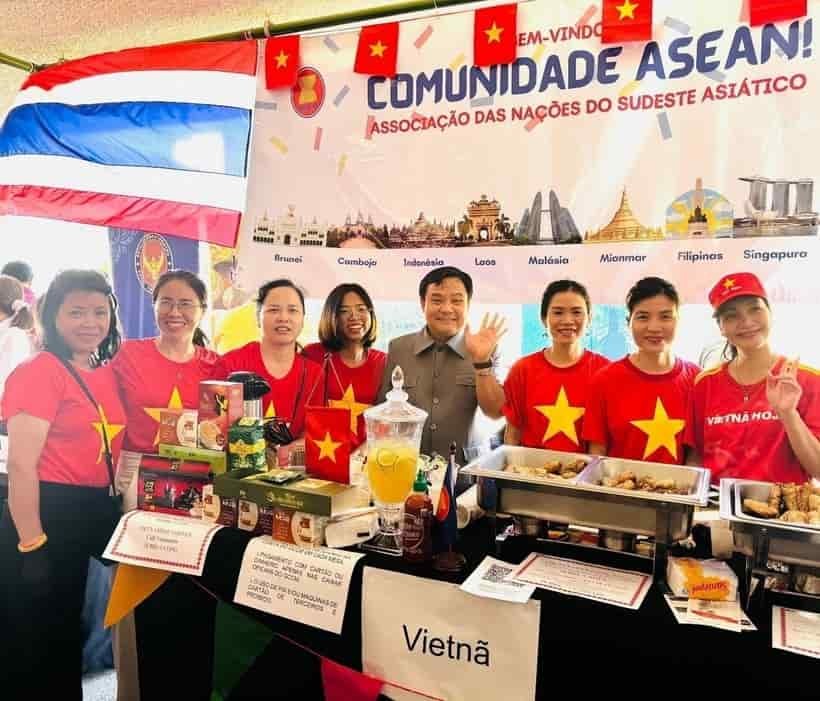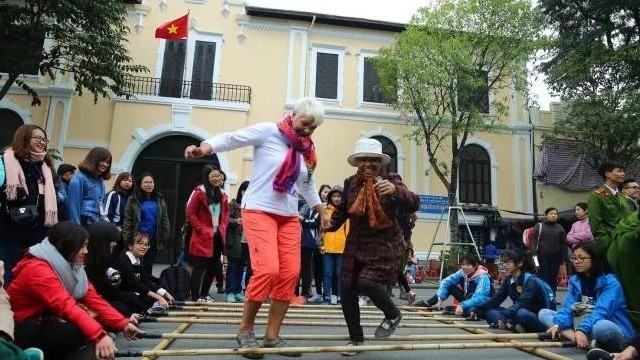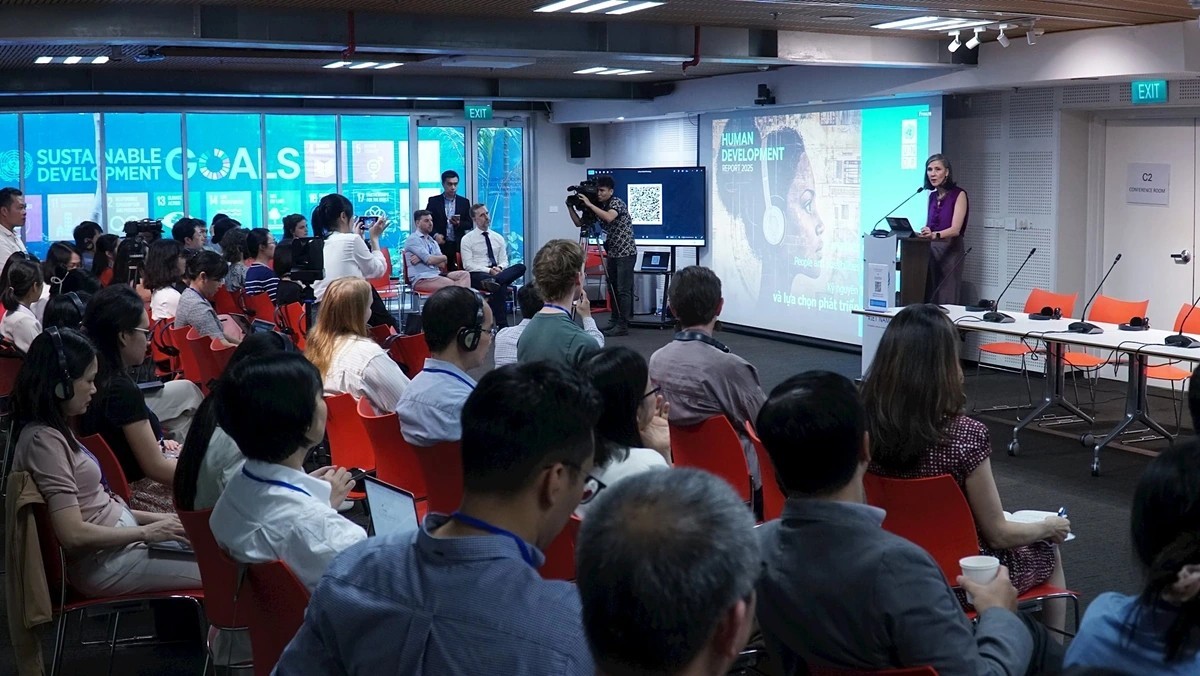Vietnamese Artist Promotes Traditional Clothes Through Doll Collection
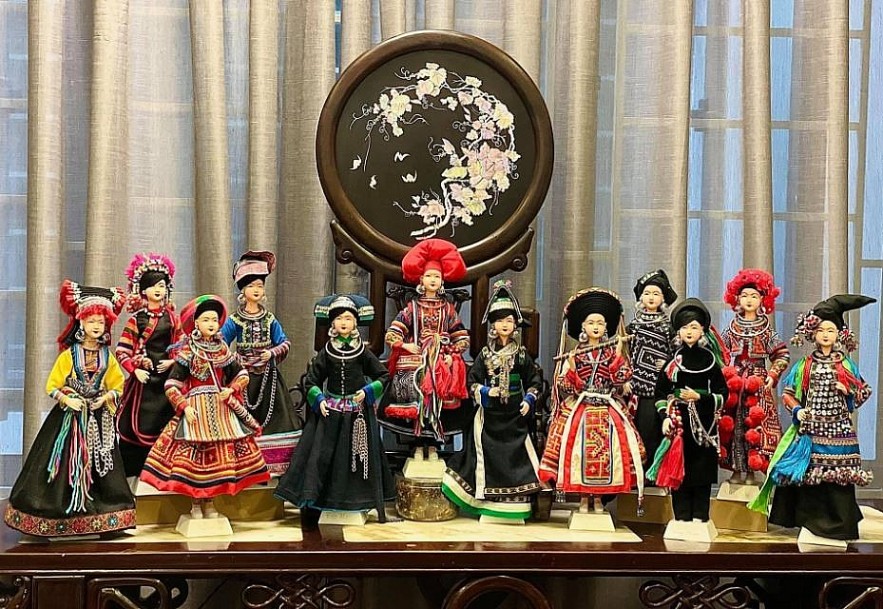 |
| Photo: Hoai Trang |
Nguyen Hoang Anh is not the first doll maker in Vietnam, however, his collection is unique as all dolls wear traditional costumes of Vietnamese ethnic people. Hoang Anh's works are present and sold at many souvenir shops in the Old Quarter.
Born in Duong Lam, raised in the Old Quater, both are Hanoi's longstanding centers of art and culture, Hoang Anh yearns to pursue a career in traditional art.
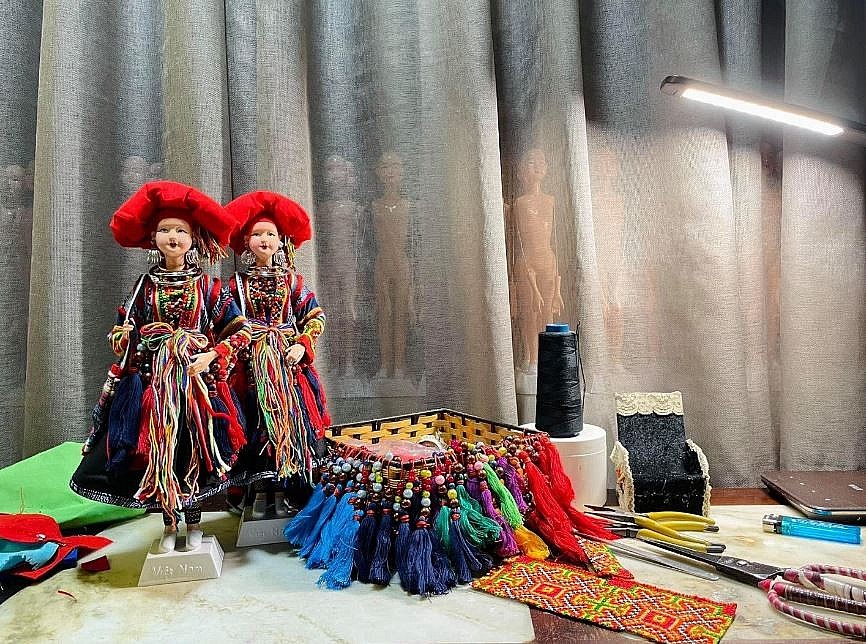 |
| Photo: Hoai Trang |
The idea came to Hoang Anh when he saw tourists walking past paper and woolen doll stalls in souvenir shops without paying any attention. He wants to design souvenirs from dolls that are beautiful, and sophisticated and have a strong Vietnamese impression.
"There are dolls in traditional Japanese and Korean costumes in the global market, so why don't I try putting Vietnamese customs on dolls? I decided to make mini versions of national costumes from the idea, so that Vietnamese culture can reach more people," said Hoang Anh.
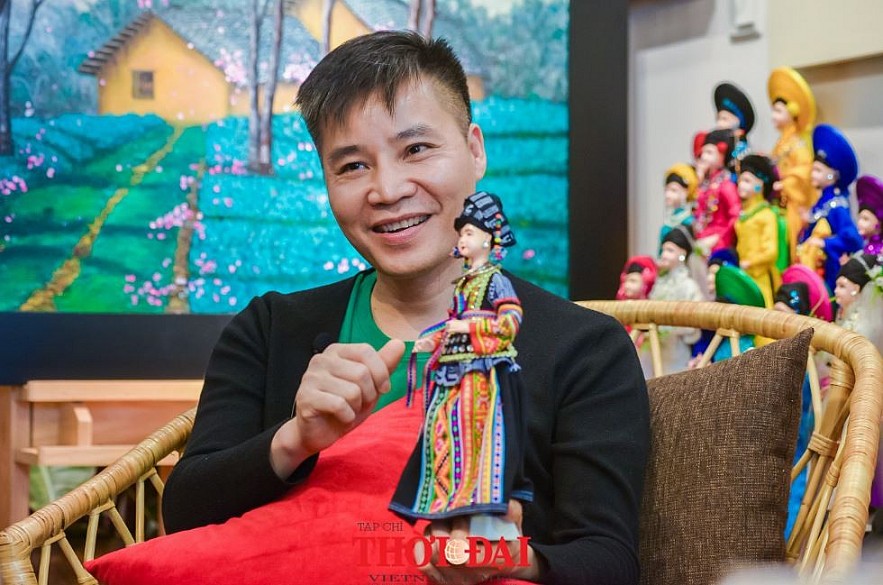 |
| Hoang Anh and one of his dolls in traditional costume. (Photo: Hai Trieu) |
To carry out his plan, Hoang Anh spent two years traveling around the northern mountainous villages to learn about the cultural traditions, characteristics of each ethnic group, and their costumes. He lived with the local people, listened to their stories, and saw how they dressed to get inspiration for his products.
Since 2011, Hoang Anh has embarked on "miniaturizing" national costumes. All steps are done by himself, from choosing the fabrics and sewing the costumes to making jewelry.
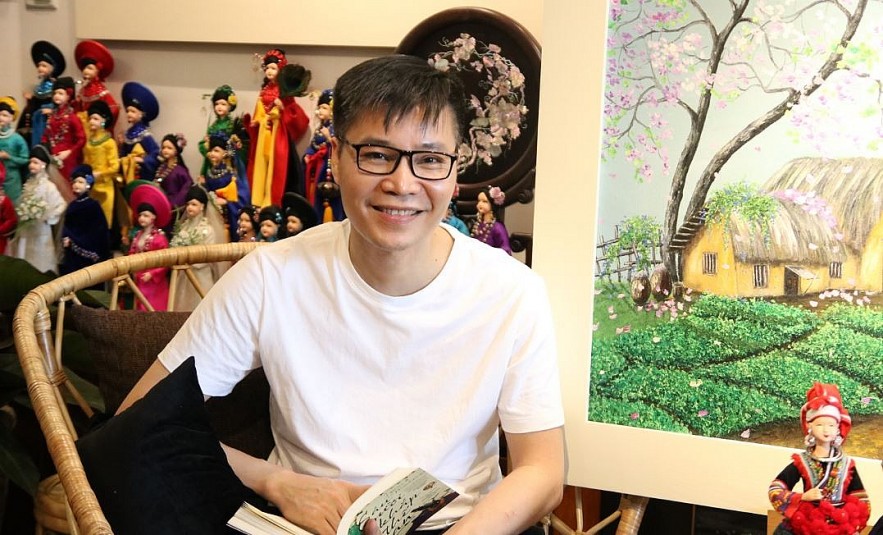 |
| A portrait of Nguyen Hoang Anh (Photo: Kim Anh) |
To have the final products, Hoang Anh has to conduct many steps. Firstly, he studies the costumes in terms of design and fabric, then makes composite embryos. Secondly, he shapes and paints the doll's faces, which have to present the gentle looks of local people. Finally, he sews the costumes and attaches accessories such as baskets, gongs, drums, and hats.
For Hoang Anh, dolls are gifts and a bridge to bring ethnic cultures and costumes closer to international friends.
"Foreign tourists often ask about patterns, specific details, brocade materials, on the costumes of the dolls they intend to buy. Therefore, the artist must know the soul, the essence, the most basic traits of each ethnic group that the dolls wear."
According to Hoang Anh, each ethnic group has its costume, associated with unique patterns and forms. Some have different clothes for maidens and married ladies. Without a deep understanding of the culture and tradition of each ethnic group, I can not create soulful products," he said.
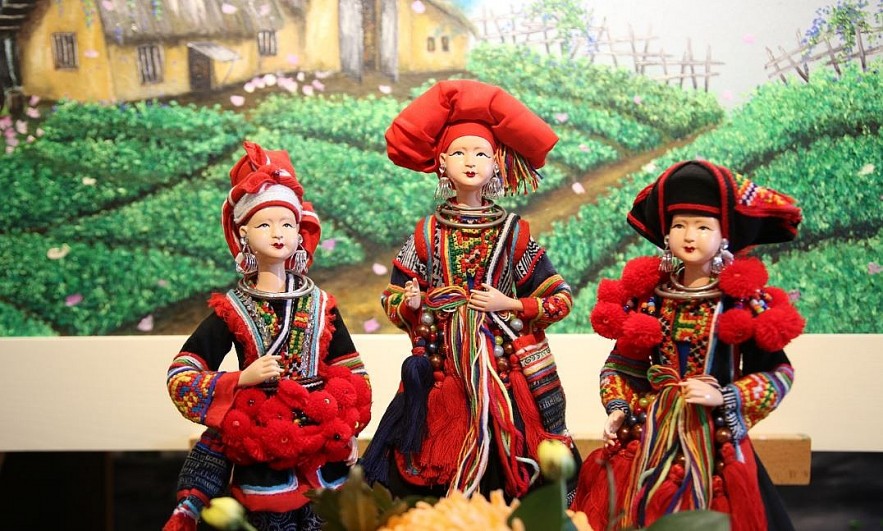 |
| Photo: Kim Anh |
Hoang Anh, who has thousands of dolls on display at home, can talk all day about the costumes and characteristics of each ethnic group. For example, Ta Oi's clothes have brocade beaded patterns. Dao people apply beeswax on the fabric surface before dying. Their shirts are long and carefully embroidered. Meanwhile, Muong people wear open-chest shirts to show the brocade patterns on their halterneck shirts. H'Mong women sew multi-layered skirts and have a special reverse embroidery.
Hoang Anh currently owns about 5,000 dolls in two sizes, 25 cm, and 35 cm. He has made dolls for 45 out of 54 ethnic groups. He even makes dolls for different sub-groups of an ethnic minority, bringing the total number of designs to 60.
 |
| Photo: Kim Anh |
Depending on the difficulty, each doll can take 4-6 hours to decorate. Hoang Anh has made thousands of sophisticated clothes, identical to the originals of the Dao, Mong, Thai, Tay, Ha Nhi, Lo Lo costumes. Except for the details that cannot be copied from the original, Hoang Anh's miniature dresses are lifelike. He even uses traditional materials that the native people use on their real clothes.
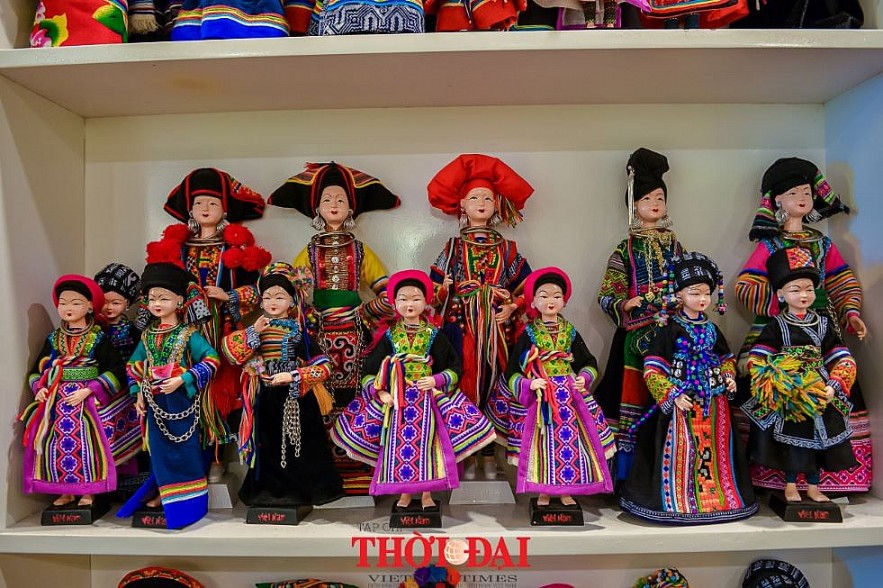 |
| Doll-wearing costumes of mountainous people. (Photo: Hai Trieu) |
“When the dolls dressed in Vietnamese national costumes follow international tourists to all the continents, there will be a day when international friends realize they are Vietnamese dolls. It is also proof that Vietnamese dolls are as unique as foreign dolls," said Hoang Anh.
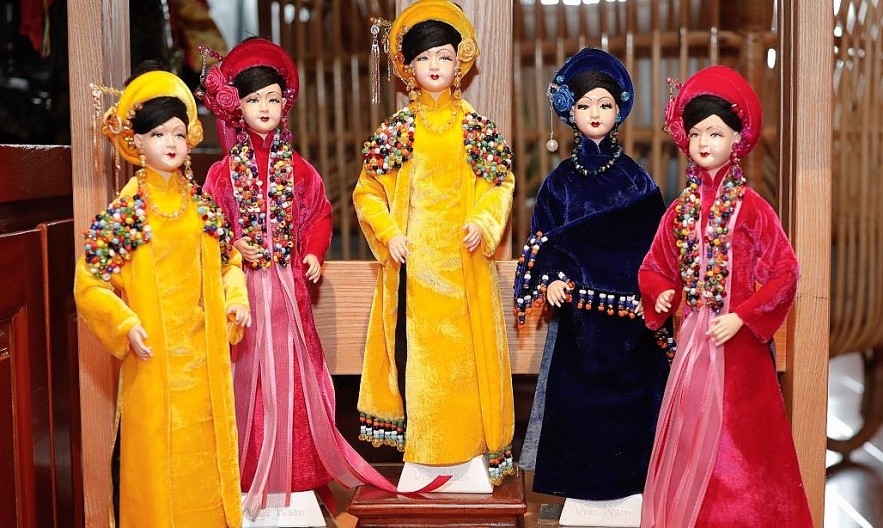 |
| Photo: Kim Anh |
"I didn't expect that after the doll models were introduced to the customers, many tourists love them so much that they buy many of the dolls as souvenirs when coming to Vietnam. They were fascinated to see the small brocade dresses and unique Vietnamese clothing such as hats and scarves worn on the pretty dolls.
In the future, I will try to produce more ethnic doll models, to widely promote national identity, as well as traditional costumes of Vietnamese ethnic groups. For me, the dolls are little envoys to introduce Vietnamese cultural heritage," said Hoang Anh.
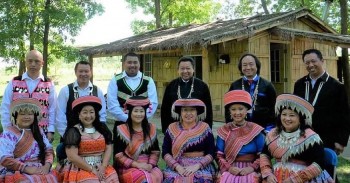 | Introducing Traditional Hmong Costumes to International Friends Colorful Hmong ethnic costumes make a strong impression on tourists. |
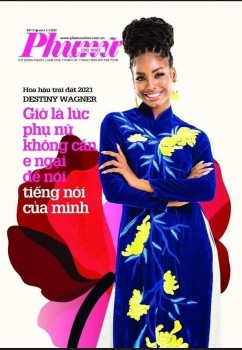 | Tailoring Peace: Many Beautiful Ao Dai Moments of Miss Earth 2021 Dive into the many different, all stunning Ao Dai looks from the Belizian beauty - Miss Earth 2021 Destiny Wagner. |
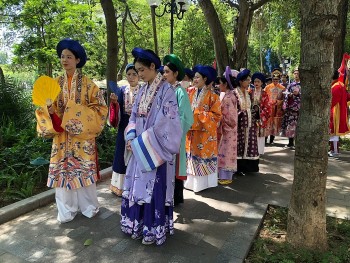 | Youths Introduce Traditional Vietnamese Costumes at Hanoi Walking Street An event was held where attendees wore ancient clothes and walked around Hoan Kiem Lake area to promote and introduce traditional Vietnamese outfits. |
Recommended
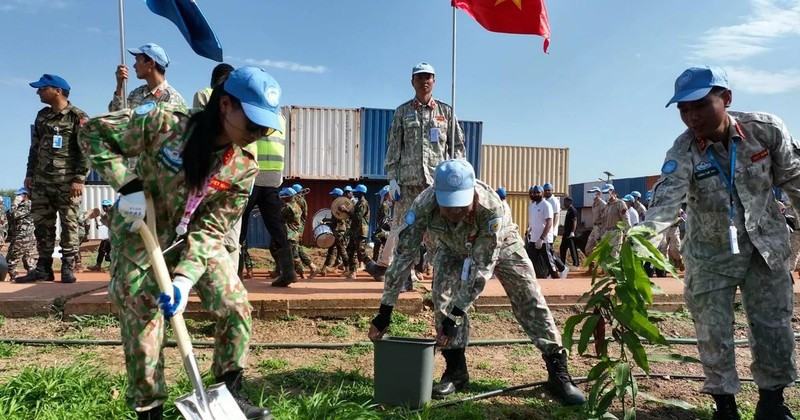 Viet's Home
Viet's Home
Vietnamese Peacekeepers in Abyei Respond to World Environment Day
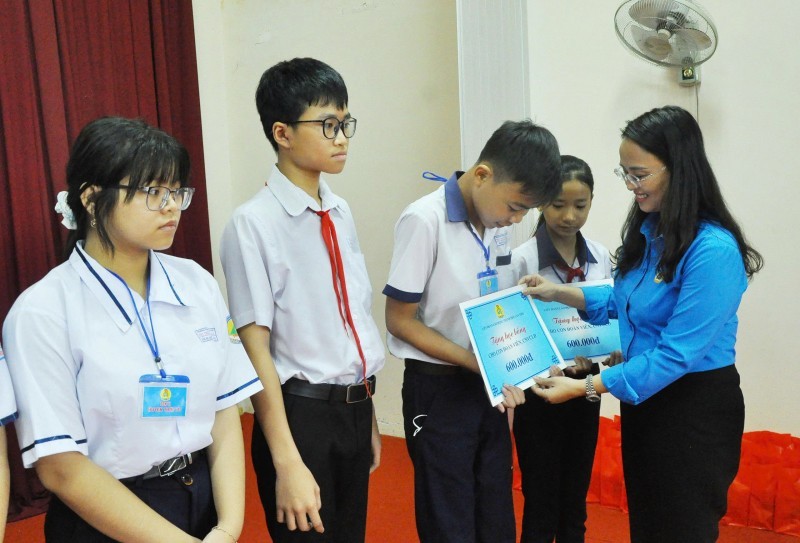 Viet's Home
Viet's Home
Can Tho Awards 500 Scholarships to Workers’ Children
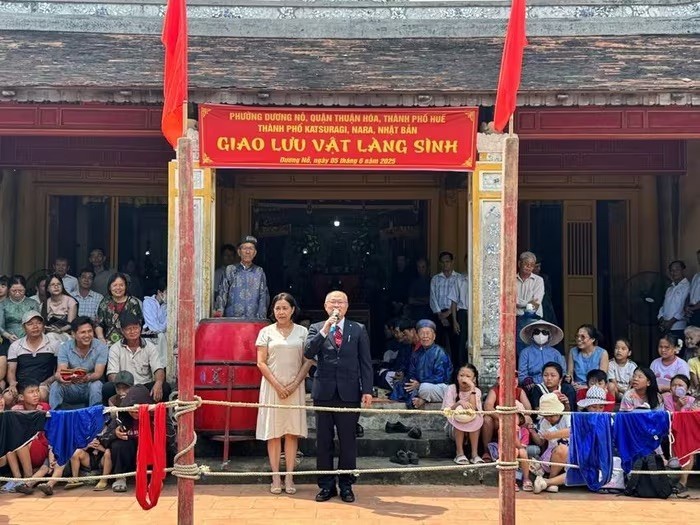 Viet's Home
Viet's Home
Traditional Martial Arts Exchange between Sinh village (Hue City) and Katsuragi City (Japan)
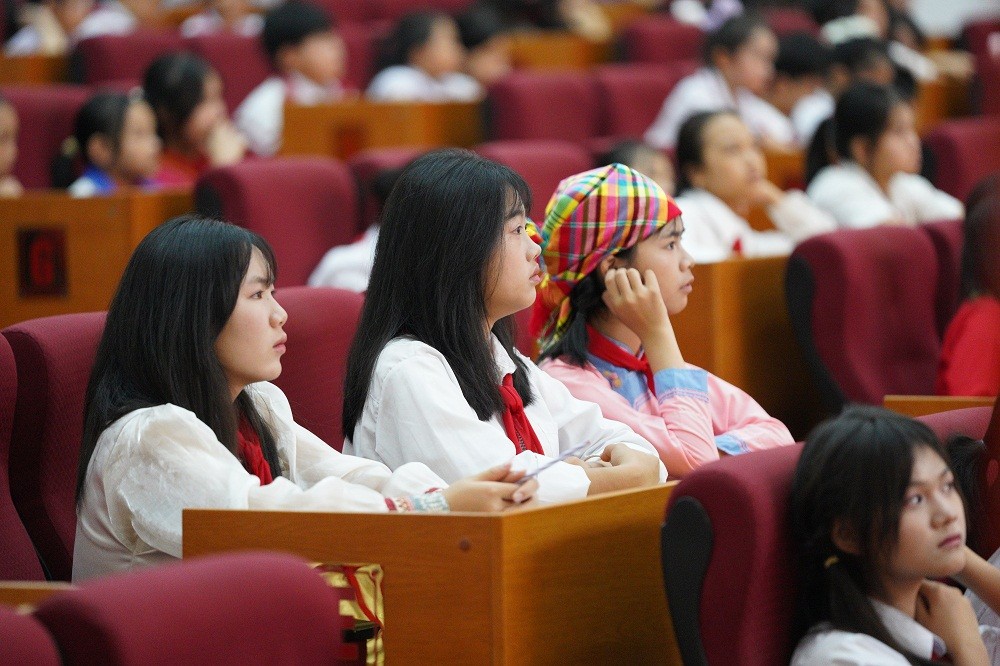 Viet's Home
Viet's Home
Lai Chau National Assembly, People's Council Delegates Hold Dialogue with Children
Popular article
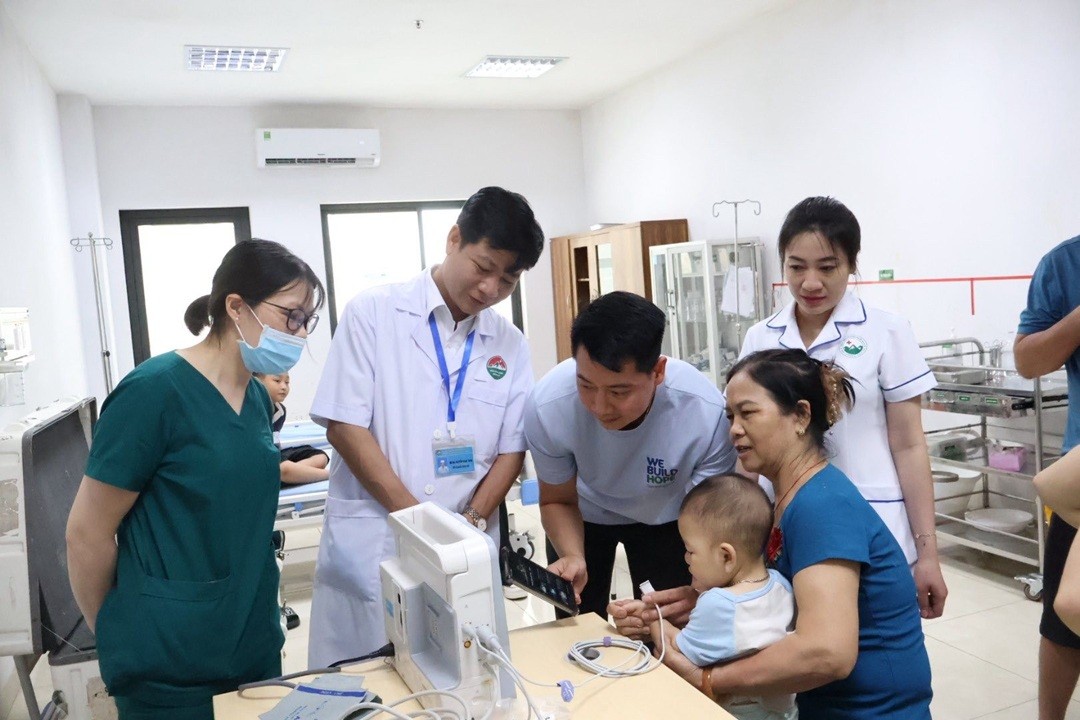 Viet's Home
Viet's Home
24 Children with Disabilities in Northern Provinces Received Free Surgery
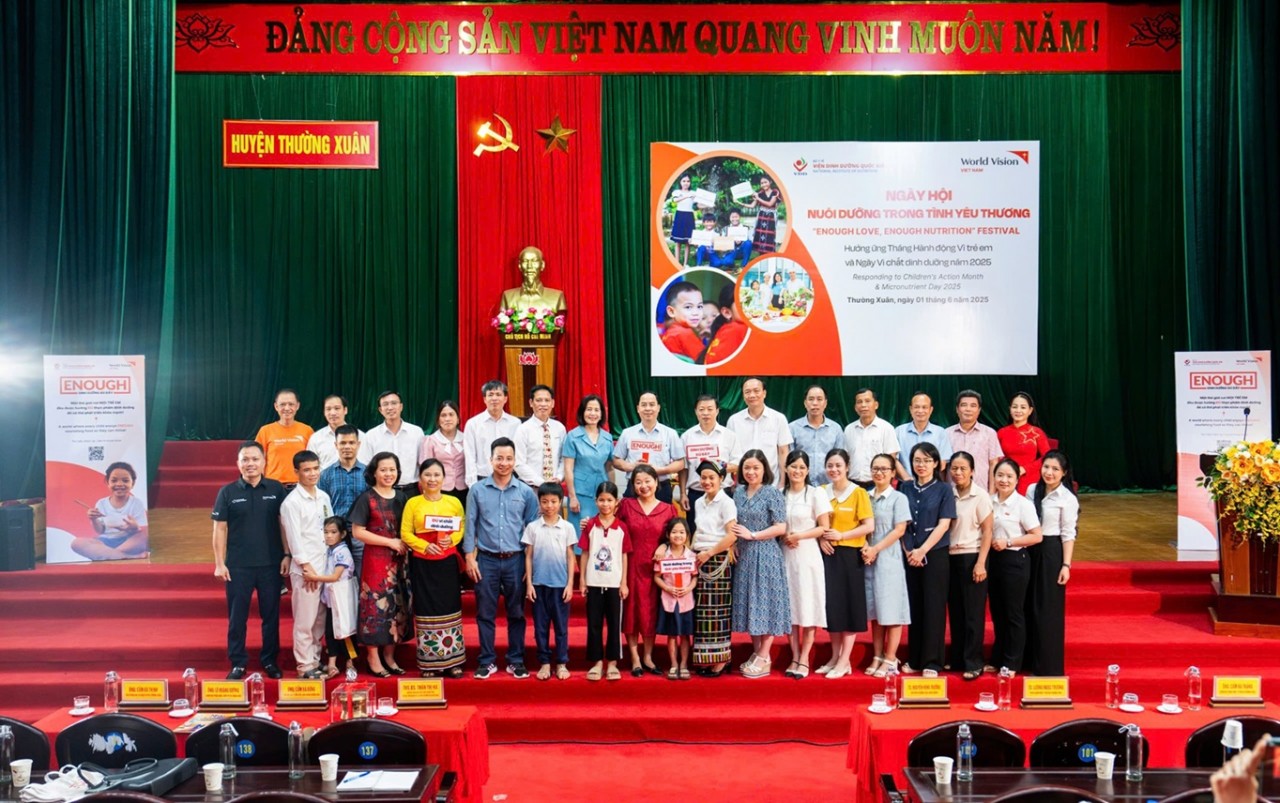 Viet's Home
Viet's Home
World Vision Promotes Comprehensive Nutritional Care for Vietnamese Children
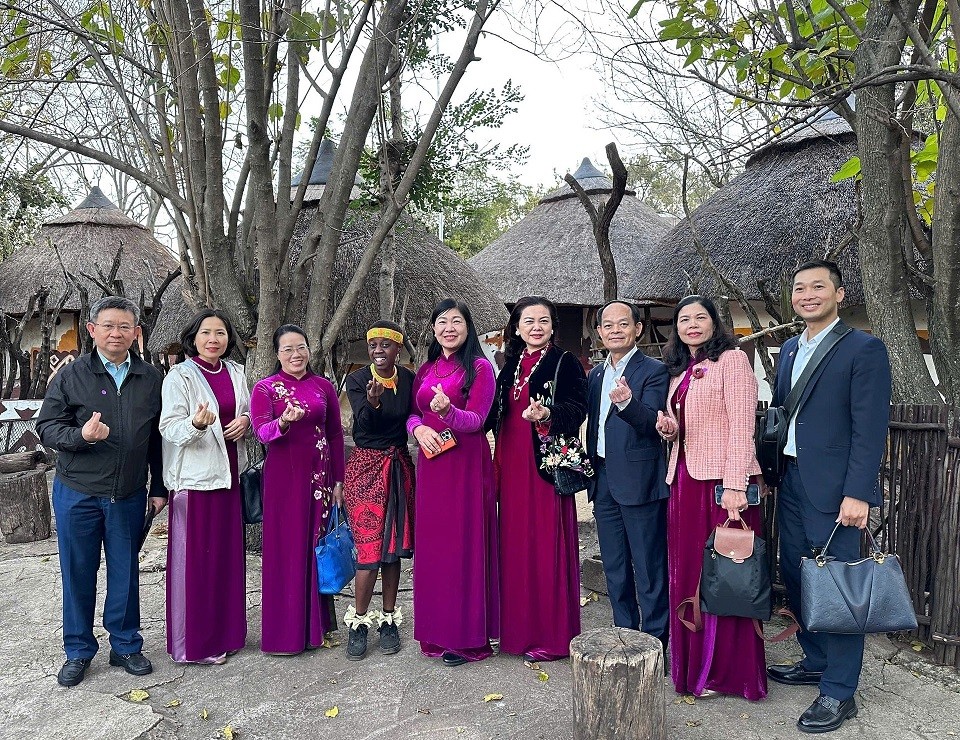 Viet's Home
Viet's Home
Hanoi, South Africa Strengthens People-to-people Exchanges, Expands Multi-sector Cooperation
 Viet's Home
Viet's Home




